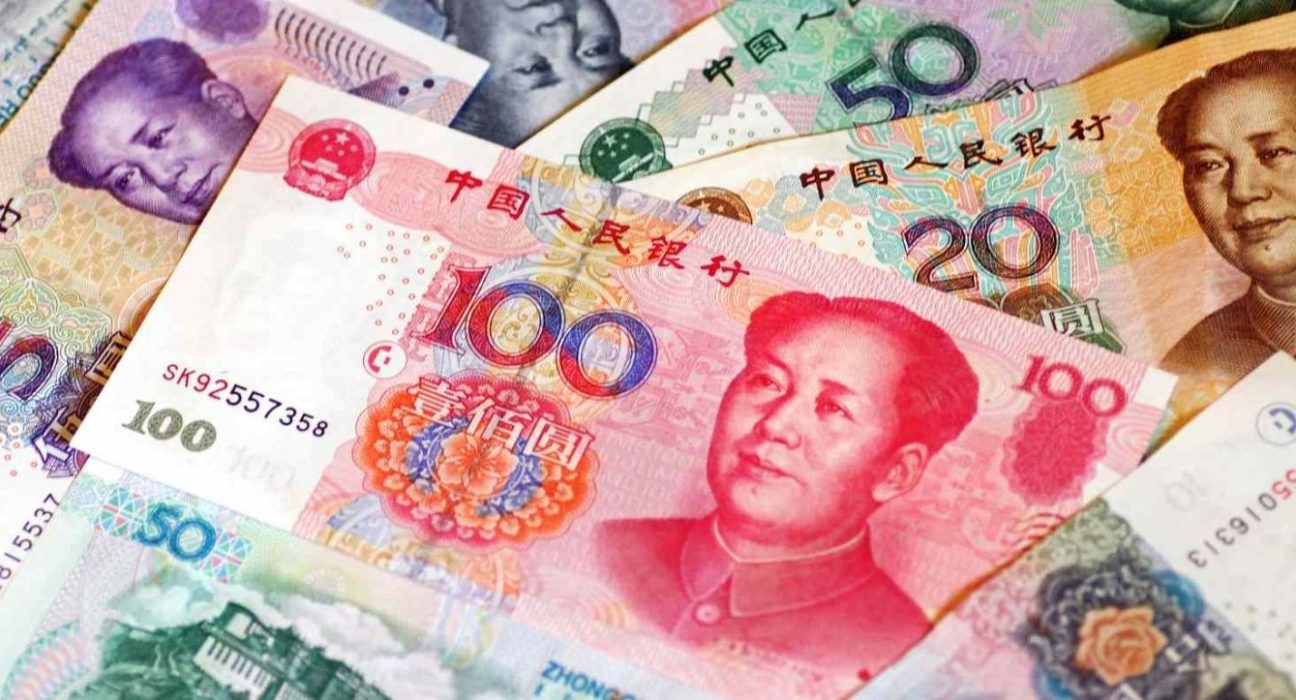The Chinese yuan has been losing ground against the US dollar in recent weeks, reaching a two-month low on Monday. The currency was also close to breaking the 7 level to the dollar, a psychologically important threshold that has not been crossed since August 2019.
The yuan’s depreciation reflects the growing concerns over China’s economic recovery, which has been losing momentum amid power shortages, supply chain disruptions, regulatory crackdowns and property market woes. China’s GDP growth slowed to 4.9% year-on-year in the third quarter, down from 7.9% in the previous quarter and below market expectations.
The weakening of the yuan also comes at a time when the US dollar has been strengthening, supported by rising inflation expectations and the prospect of monetary policy tightening by the Federal Reserve. The dollar index, which measures the greenback against a basket of six major currencies, rose to a one-year high on Monday.
How does the yuan affect China’s economy?
The yuan’s exchange rate has significant implications for China’s economy, as it affects its trade competitiveness, capital flows and inflation. A weaker yuan makes Chinese exports cheaper and more attractive in foreign markets, boosting its trade surplus and supporting its growth. However, it also makes imports more expensive and reduces the purchasing power of Chinese consumers and businesses.
A weaker yuan also increases the risk of capital outflows from China, as investors may seek higher returns and safer assets elsewhere. This could put pressure on China’s foreign exchange reserves and financial stability. To prevent excessive depreciation and capital flight, China’s central bank may intervene in the currency market by selling dollars and buying yuan, or by imposing capital controls.
A weaker yuan also raises inflationary pressures in China, as it makes imported goods and commodities more costly. This could erode the real income of Chinese households and firms, and reduce their consumption and investment. Higher inflation could also force the central bank to tighten monetary policy, which could further slow down the economy.
What are the prospects for the yuan?
The outlook for the yuan depends largely on the developments in China’s economy and its policy response, as well as on the global market conditions and sentiment. Some analysts expect the yuan to weaken further in the near term, as China faces multiple headwinds that could weigh on its growth and confidence. Others believe that the yuan will stabilize or rebound, as China’s economic fundamentals remain solid and its policy support remains strong.
Some of the factors that could influence the yuan’s direction include:
– The pace and extent of China’s economic slowdown and recovery
– The severity and duration of China’s power crunch and supply chain issues
– The impact and outcome of China’s regulatory reforms and property sector troubles
– The degree and timing of China’s fiscal and monetary stimulus measures
– The progress and effectiveness of China’s COVID-19 containment and vaccination efforts
– The speed and scale of the US economic recovery and inflation
– The stance and signals of the US monetary policy and interest rates
– The fluctuations and trends of the US dollar and other major currencies
– The geopolitical tensions and trade frictions between China and the US
The yuan’s exchange rate is closely watched by investors, policymakers and businesses around the world, as it reflects China’s economic health and influence. As China faces multiple challenges and uncertainties in its growth path, the yuan may experience more volatility and pressure in the coming months.










